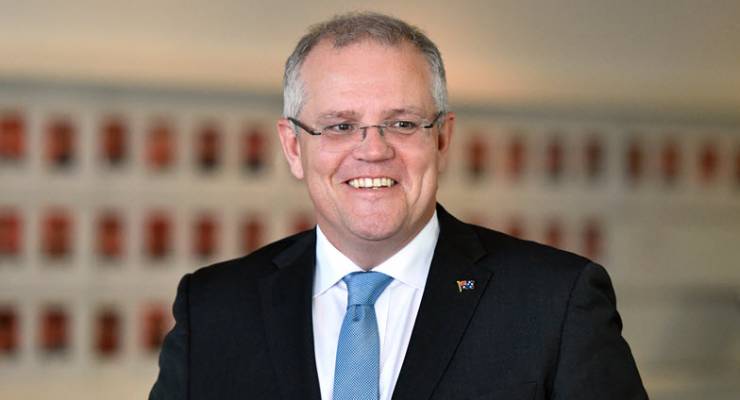
In the aftermath of the release of the ANZ Bank job advertisement series on Monday, Treasurer Scott Morrison proudly tweeted that the figures showed: “almost 170,000 jobs advertised in May. Job ads now at the highest level since August 2011.”
Morrison is not a prolific tweeter and rarely does he comment on the monthly job advertisement series. One can only assume he was pleased to see a data point heading in the right direction.
To be sure, the news of rising job ads is a welcome respite from the general gloom in the recent set of economic news. Most now agree that the economy is sluggish, rolling along without much evidence of a much needed or wanted acceleration in activity.
But in tweeting the fact that there are almost 170,000 jobs advertised in May, Morrison indirectly exposed the current difficulties in the economy more broadly and the labour market in particular.
The latest labour force data show that around 730,000 people are unemployed. So even if every one of those 170,000 job advertisements were filled tomorrow by an unemployed person, there would still be around 540,000 people unemployed. That is a lot of people. And that, of course, in the example, would mean there would be no more job vacancies for the roughly 250,000 people who will enter the labour force over the next year.
[What is underemployment? And who is most affected by it?]
Nor would it allow for any inroads to be made to the 1.1 million workers who are currently underemployed and, by definition, looking for opportunities to increase their hours worked — and with that, their take home pay. The sharp rise in underemployment is, to some extent, masking the broader weakness in the labour market. Clearly employers are cutting people’s hours rather than sacking them, which is keeping something of a lid on the unemployment rate. This is a function of Australia’s flexible labour market.
This also means that when the economy finally emerges from its current period of funk, many of those underutilised workers will work more hours — which is good — but the number of new jobs for the unemployed and the new entrants to the labour market are unlikely to be plentiful.
Morrison also missed the point that at the same time the job advertisement data were released, there were data on wages growth from the Australian Bureau of Statistics. Morrison did not tweet that, over the year to the March quarter 2017, wages rose a paltry 0.9%, less than half the rate of inflation. This means that household purchasing power and therefore living standards are falling in real terms.
Little wonder consumer sentiment is in the doldrums and retail sales remain weak.
The weakness in the labour market is arguably one of the biggest issues confronting the Australian economy in the near term. With consumer spending over half of GDP and in itself a vital driver of economic and jobs growth, how can spending pick up if real wages are falling?
Consumers can run down their savings to a point, but they have already been doing this in recent years and with job security fragile, they may be reluctant to do so again. The outlook for consumer spending remains fragile.
The housing market is weak outside Sydney and Melbourne — even cooling in those two property hot-spots — so it no longer seems to be an option to rely on ever increasing housing wealth to fund consumption.
Last month, Morrison delivered the budget, which acknowledged the best Australia can do on unemployment is 5.25%. This capitulation on labour market reform is an issue that will likely come to bite the government even if that target is achieved.
We need policies that kickstart growth. Alas, the budget seemed focused on tax hikes and a return to surplus rather than tackling unemployment. More than 170,000 job advertisements are needed if Australia is to make meaningful inroads into unemployment.
*Stephen Koukoulas is a research fellow at Per Capita, a progressive think tank.








Morrison – the Big Cheese in a constipated economy.
Clearly their priority is to throw us hollow announceables rather than actual solutions. Tax policy/ concessions still missing the mark.
“We need policies that kickstart growth.”
We also need a policy that looks at record immigration rates that help business offer bottom of the harbour wages and then claim they can’t fill positions, and then get easy get out of gaol visas to fill positions. Immigration rates and low growth in wages are directly connected.
Morrison is a fool, but I can understand his desperation to pick up on any figures that help him, unfortunately his entire ideology is under attack, and rightly so, it is bereft.
I grow weary of the mantra of growth in the economy – a period of decent consolidation would be more beneficial for more people.
Oh, I see….